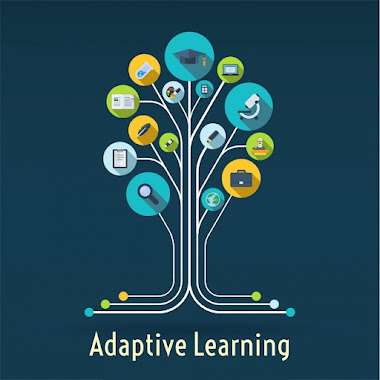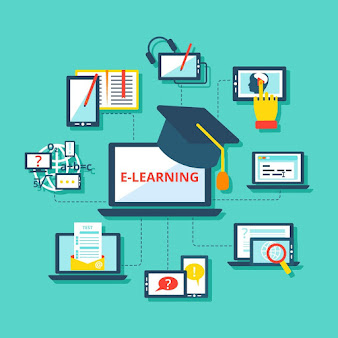Types of Educational Technology

The goal of this post is simple: To provide examples of learning technology–identifying and clarifying what learning technology ‘is’ and ‘looks like’ in and out of the classroom. Education technology is the application of new tools and ideas that help teachers teach and students learn. Education technology can automate processes, improve information access, enable sharing of knowledge and data, duplicate information between media forms, curate important knowledge, communicate ideas, visualize critical concepts, and more. What are the different types of educational technology? Learning Achievements/Badges Podcasting Gamification Video Games Interactive Whiteboards (e.g., Google Jamboard) Learning Management Systems (Moodle, Google Classroom, etc.) Asynchronous Learning Platforms (often a part of learning management systems but not always) Online collaboration spaces (e.g., Microsoft Teams) The Cloud Adapt...



